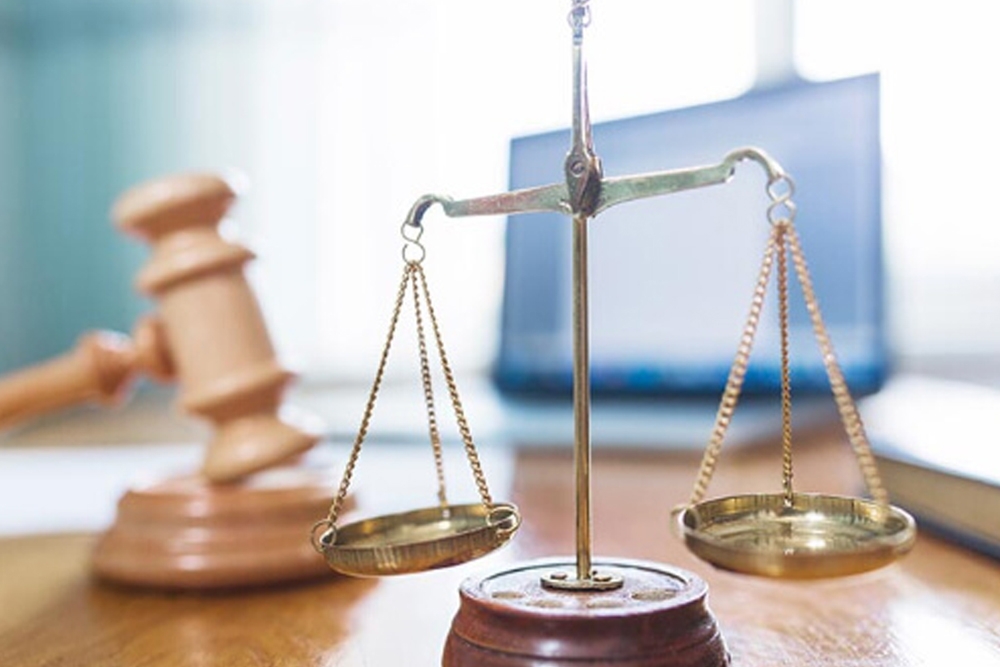When to Use a ‘Chapter 20’ Las Vegas Bankruptcy

In truth there are only 15 chapters in the U.S. Bankruptcy Code, but before Congress changed the bankruptcy code in 2005, Las Vegas bankruptcy attorneys referred to helping their clients file “Chapter 20” bankruptcies to help them obtain a fresh start. What does this mean?
“Chapter 20” is kind of a play on words among bankruptcy lawyers. It’s really just filing a Chapter 7 bankruptcy and after the discharge, filing a Chapter 13 case. Lawyers found that there were advantages to be had by helping their clients file two bankruptcies because the two chapters provide different benefits. Chapter 7 allows debtors to discharge their unsecured debts, such as credit card debt, and Chapter 13 allows them other options such as cramming down their vehicle’s value (i.e. a principal reduction), or more likely, to deal with mortgage debt. However, in 2005, Congress changed the bankruptcy code to prevent people from doing this. The law now prohibits Chapter 7 petitioners from discharging any debt in a Chapter 13 case for six years after the date of their discharge order. There is, though, a possible exception.
In the federal Eighth Circuit Court of Appeals, the petitioner of In re Fisette, No. 11-6012 (8th Cir. BAP Aug. 29, 2011) managed to partially work around this. The debtor owned a house secured by multiple mortgages. By 2010, the housing market had collapsed, and Fisette’s primary mortgage was underwater, meaning its remaining value was greater than the house was worth. So, Fisette filed a Chapter 7 bankruptcy, and because the junior mortgages were not secured, the bankruptcy court discharged them.
One thing the Chapter 7 discharge did not do was strip the junior mortgagees’ liens on the house, so Fisette filed again in Chapter13. Importantly, because the debts had already been discharged, the Chapter 13 filing’s sole purpose was to strip the liens off the house. Nor did Fisette reaffirm the junior mortgages. The Eighth Circuit allowed the lien stripping to occur, making In re Fisette a “Chapter 20” case.
The lesson here is that if you have an underwater primary mortgage and an unsecured second mortgage, it may be possible to discharge the unsecured mortgages and strip the liens later on. Doing so, though, requires the aid of an experienced Las Vegas bankruptcy attorney.
For more questions about bankruptcy in Las Vegas, please feel free to contact an experienced Freedom Law Firm Las Vegas bankruptcy attorney for a free initial consultation. Call us at 702-903-1459 to set up your free consultation.
